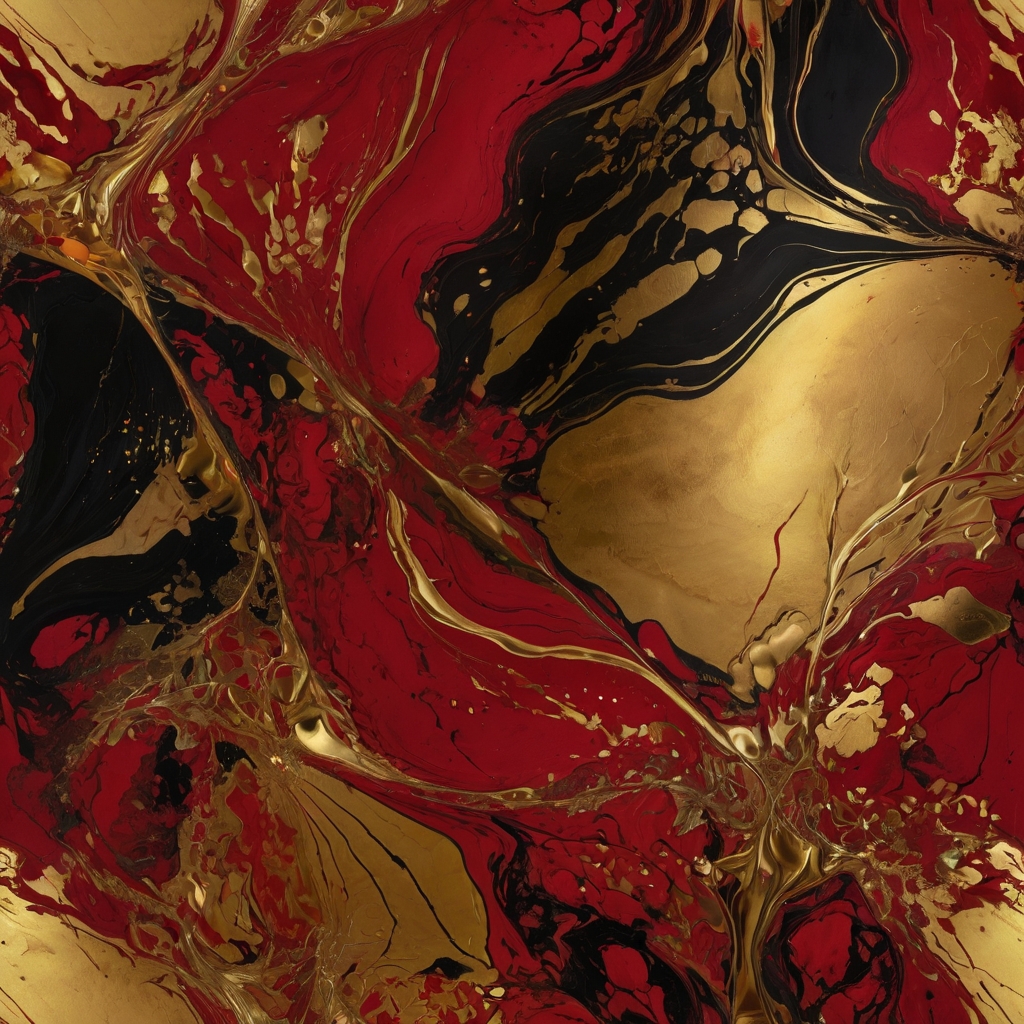Techno music, with its pulsating beats and hypnotic rhythms, has long been more than just club fuel—it’s a neurological balm for the anxious mind. Beyond the fog machines and strobe lights of legendary venues like Berghain lies a fascinating interplay between sound and psychology, where science reveals how techno’s structure can quiet mental turbulence.
The Rhythm of Relief
At its core, techno operates like a metronome for the brain. Its steady 120-150 BPM tempo creates a phenomenon called entrainment, where neural oscillations sync with external rhythms. This synchronization mirrors the brainwave patterns achieved during meditation, gently guiding listeners into a focused, present-state awareness that dissolves anxious thought loops.
The genre’s minimalism is its secret weapon. Unlike lyric-heavy music that engages the analytical mind, techno’s instrumental nature provides a cognitive refuge—a space where the mind can rest from the constant chatter of words and meaning. The repetition isn’t monotonous but meditative, offering the nervous system a predictable pattern it can trust.
Neurochemical Alchemy
Techno triggers a fascinating cocktail of brain chemicals. The anticipation of drops and subtle rhythmic variations spark dopamine releases, while the physical response to prolonged exposure—think elevated heart rate and sweating—mimics the beneficial stress of exercise. This creates a euphoric yet grounding experience where temporary physiological arousal leads to post-listening relaxation.
The music’s lower frequencies literally vibrate through the body, stimulating the vagus nerve—a crucial player in the parasympathetic nervous system that governs relaxation. It’s why hours of dancing can leave devotees in a state of blissful exhaustion rather than wired tension.
The Healing Power of the Dance Floor
Techno culture provides something modern life often lacks: true presence. In dark rooms filled with strangers moving as one, social masks dissolve. The combination of rhythmic synchronization, physical exertion, and communal energy creates a unique therapeutic environment where anxiety melts into the collective experience.
This isn’t just poetic metaphor—the shared biometric experience of a dance floor, where heart rates and breathing patterns unconsciously align, creates a powerful sense of connection that counteracts isolation’s corrosive effects on mental health.
Prescription: More Bass
While techno won’t replace traditional therapies, its value as a complementary tool is undeniable. The music offers:
- A moving meditation that quiets rumination
- A safe space for emotional catharsis
- A biological reset button through movement and sound
- A temporary escape from the self through communal trance
The next time someone dismisses electronic music as mindless noise, the science suggests otherwise. In the space between beats, anxious minds find rare moments of peace—proof that healing can come in many forms, even at 130 decibels in a room full of sweating strangers.
“The cure for anxiety might not be in your medicine cabinet, but on the dance floor.”


